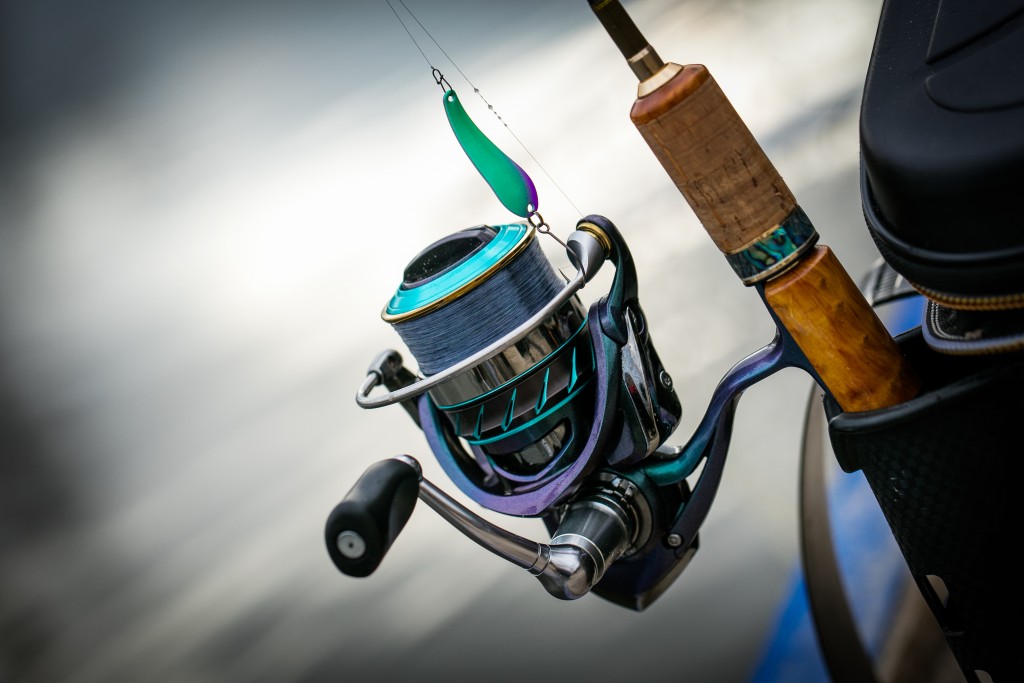There’s such thing as loving too much. Beginner gardeners often commit this mistake.
Overwatering a plant is one of the top causes plants to die. It’s harder for plants to recuperate than a dry spell.
This is more likely to happen when watering plants with a hose because gardeners may not be aware of how much water they should put. An irrigation system is recommended to properly take care of plants because it targets areas that need specific amounts of water application.
What happens when you overwater a plant?
When there’s too much water in the soil, oxygen cannot pass through, suffocating the roots. This leads to root rot. Because of this, the roots will be unable to transfer water, air, and nutrients to the rest of the plant.
Signs of overwatering
Aside from root rot, overwatering has visible effects on the leaves. These are usually the first signs to overwatering, so be wary of these conditions:
- Drooping leaves
If you’re wondering why the leaves are soggy and wilting even though you’re religiously watering the plant, overwatering may be the answer. This is pretty common as beginner gardeners think that wilting is an effect of dry soil, so they water the plant even more.
- Yellowing leaves
Again, this may throw gardeners off-guard and cause them to pour more water into the plant. Yellowing leaves are a result of the lack of oxygen and nutrients passing through the roots.
- Mould
Because of the clogged up moist, fungi may start appearing at the stem of the plant. When you go deep into the soil, you may notice more of this with the addition of a weird smell coming for rotting roots.
How to avoid overwatering

If you’re worried about overwatering your plants, there are things you can do to save you lovely plants from suffocation. Preventing this is still better than trying to save the plant. Remember that it’s easier to save a droughted plant than an overwatered one.
- One-inch rule
If you’re unsure whether a plant needs watering, try sticking one inch of your finger into the surface of the soil. If it’s still wet, you can wait a day or two—depending on the plant—to water it. If it’s all dried up, it’s time for some tender loving care.
- Get rid of traditional watering
If you’re using the conventional method, chances are you’re using a hose and a nozzle, or maybe even a watering can. It’s easier to overwater this way because you can’t measure or control enough amount of water that goes to your plants. Not to mention it’s time-consuming and uses up a lot of water.
Having a reticulated irrigation system can help this problem. It saves water because it’s already set to give out a specific quantity of water at a time. It also targets areas that need less or more water supply.
Additionally, it keeps on working even when you’re away from Perth. However, the entire system can only work perfectly with proper maintenance and retic repairs.
A garden is a beautiful and colourful area in everyone’s home as plants give so much life to the environment. While we love our plants so much, they shouldn’t be overwhelmed with care.




